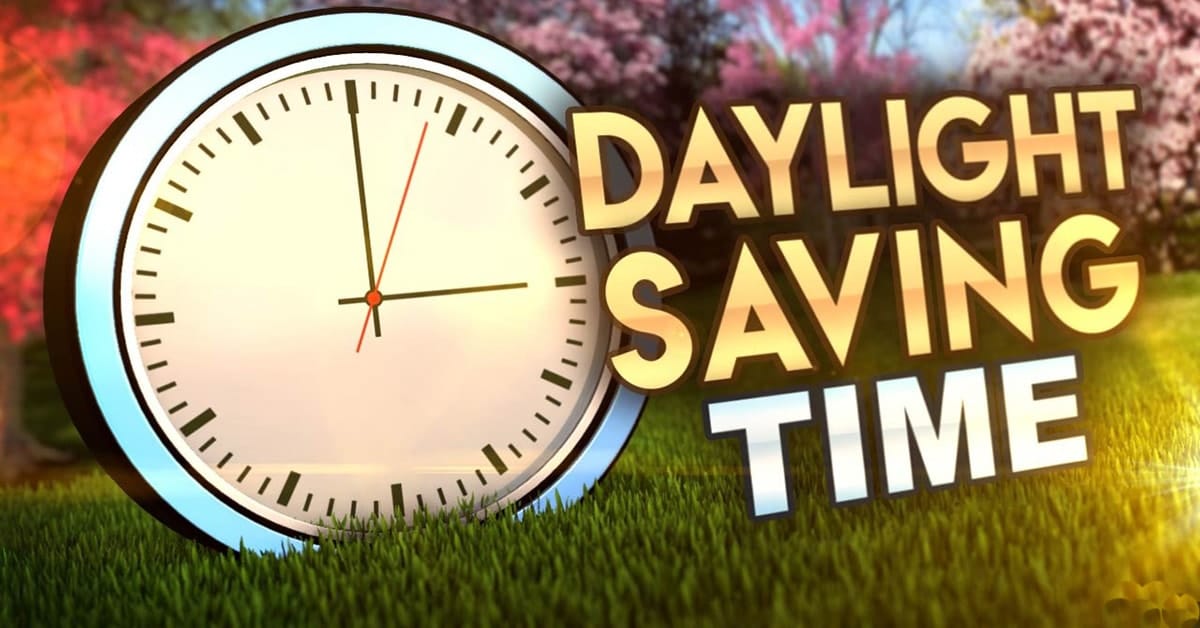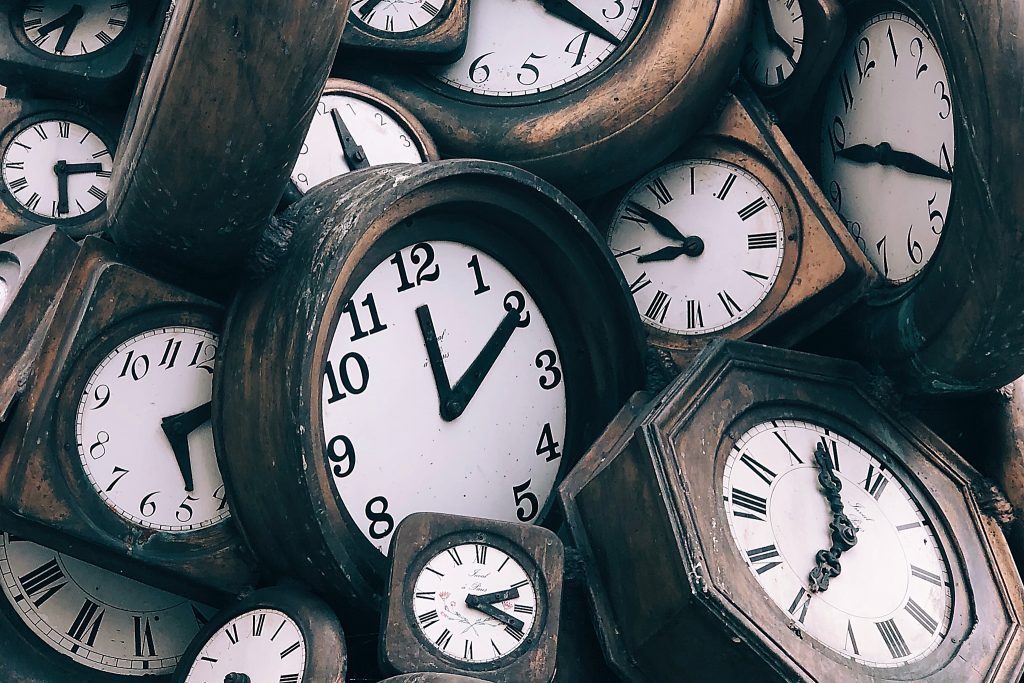Daylight saving time was created to help people save money by allowing them to consume less candle wax, coal, or lamp oil.
But, in 2023 America, does daylight saving time provide meaningful benefits to the common consumer?
Decades of investigation have given no conclusive solution. However, some leading time-shift experts now fear daylight-saving time will cost us in the long run.
“I am not aware of any credible study that has documented any energy savings from implementing daylight saving time,” said William Shughart, an economist at Utah State University. “As far as I can tell, all of the effects of daylight saving time are costs.”
That discovery may come as a surprise, at least to history buffs.
Can the changing of the clocks affect your mood? How to Handle the Effects of a Time Change
Ben Franklin planted the germ of daylight saving time in 1784 with an essay suggesting that Parisians could save money on candles if they adjusted their schedules to rise with the sun.
Germany instituted daylight time as a wartime measure in 1916, intending to save energy by shifting sunset later in the day. Less artificial light meant more sun. In 1918, America briefly implemented daylight saving time. During World War II, the time shift resumed.
In 1966, America introduced its contemporary switching schedule between daylight and standard time.
During the 1974 energy crisis, the country experimented with permanent daylight time. After a winter of bleak mornings, public support faded, and the experiment stopped.
Congress and the Nixon administration hoped permanent daylight time would lower the nation’s energy consumption until the crisis subsided.
“But it was just a wild idea with no empirical support,” Shughart said. “It sounds plausible, but there’s nothing there.”
Daylight saving time was created to help people save money by allowing them to consume less candle wax, coal, or lamp oil.
The last large time-shift change was in 2007. The nation shifted the start of daylight saving from the first Sunday in April to the second Sunday in March and delayed its end from the final Sunday in October to the first Sunday in November.
This fall, the great resetting arrives on Nov. 5.
In 2008, the Energy Department sought to measure the actual savings of daylight time. In a report to Congress, experts claimed that the nation had cut its energy use by an annual rate of 0.03%. The limited savings came in lower electricity consumption in the evenings during the extra days of daylight hours.
Other research, however, has found the reverse: The semiannual time shift exacts a cost, and daylight time earns little or no benefits.
A major research, initially published in 2008, concluded that the changeover to daylight time cost the citizens of Indiana $9 million a year, or $3.29 per family, in higher electricity expenditures. The study used a natural experiment: Much of Indiana implemented daylight time in 2006.
Matthew Kotchen, a Yale economist, co-authored the research while employed by the University of California, Santa Barbara.
He theorizes that daylight time may have given savings to energy customers decades ago when a bigger share of energy usage went toward lighting homes.
Daylight saving time was created to help people save money by allowing them to consume less candle wax, coal, or lamp oil.
Lighting expenditures appear insignificant when compared to the monthly cost of heating and air conditioning. And this is where daylight savings time can be costly.
“Shifting to daylight saving makes you wake up at the coldest, darkest part of the day,” he remarked.
Consider your daily routine in the final days of daylight time against the first days of standard time. You get out of bed one hour earlier. At 7 a.m., your residence is cooler and darker than at 8 a.m. You may heat your home by increasing the temperature on your thermostat when you get up.
An hour after the time change, you awaken and turn on the heat. The sun rises higher in the sky, warming your dwelling.
Daylight savings time is the most expensive in the autumn, according to Kotchen.
The Indiana research concentrated on a cool, northern state. Americans in the South, on the other hand, may spend more on energy at the end of the day during daylight hours, coming from work or school to a slightly warmer home.
Daylight saving time was created to help people save money by allowing them to consume less candle wax, coal, or lamp oil.
“It’s sunny and hot outside.” “You turn up the air conditioning,” Shughart replied.
Much more research has been conducted to determine whether daylight saving time saves energy and, consequently, money. A 2017 meta-analysis examined dozens of publications and discovered that daylight time costs 0.34% less electricity consumption.
Other research has discovered that the twice-yearly routine of resetting clocks has its consequence.
Researchers have observed an increase in heart attacks and industrial accidents, as well as a decrease in productivity, following the spring change, which deprives the country of an hour of sleep.
One widely referenced 2016 study conducted by the Virginia business Chmura Economics & Analytics estimated that the time shift cost the US economy $434 million.
“I think the major downside of daylight saving time is physiological,” Shughart said in an interview. “It shocks your body twice a year, and it almost doesn’t matter which way the time is shifting.”
Shughart received praise for calculating that resetting clocks costs the country $1.7 billion annually.
That sum indicates lost production when we all take a 10-minute break in the spring and another 10-minute break in the autumn to change our watches.
Shughart admits that the societal cost of clock-setting is lower today than in 2008, when he released his numbers because so many of our devices now adjust the time automatically.
SOURCE – (usatoday)












